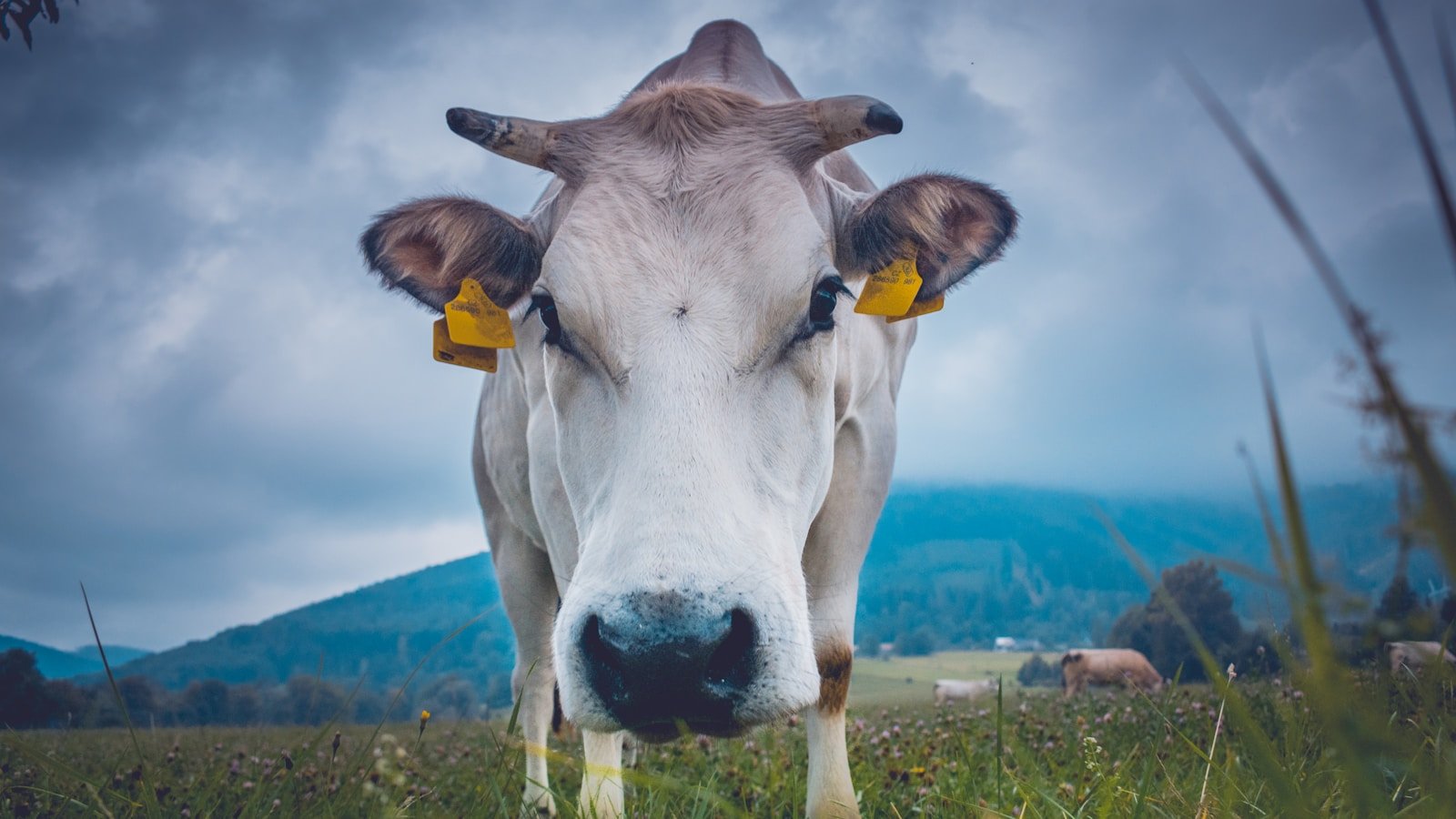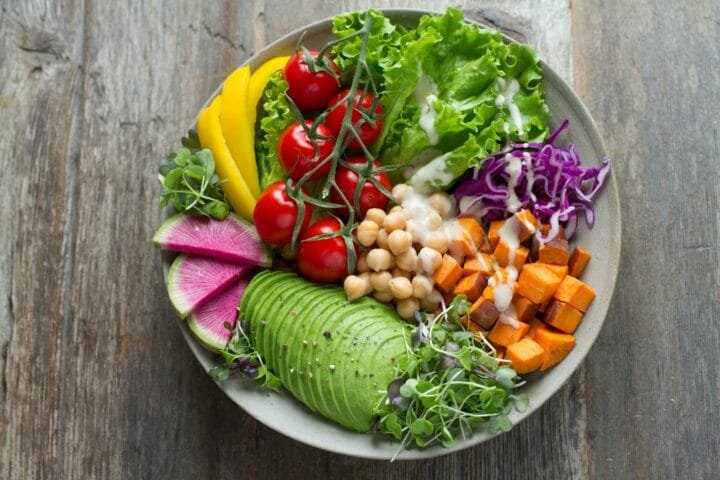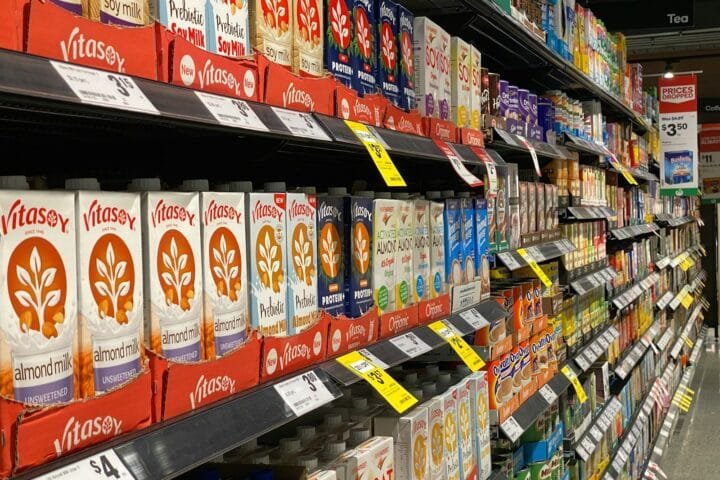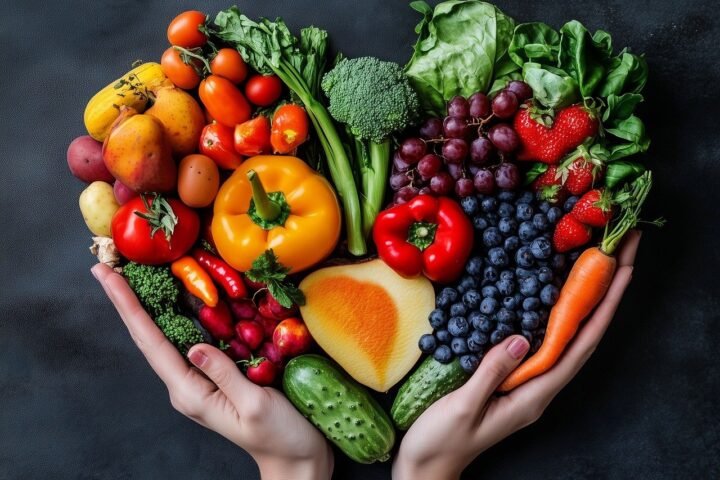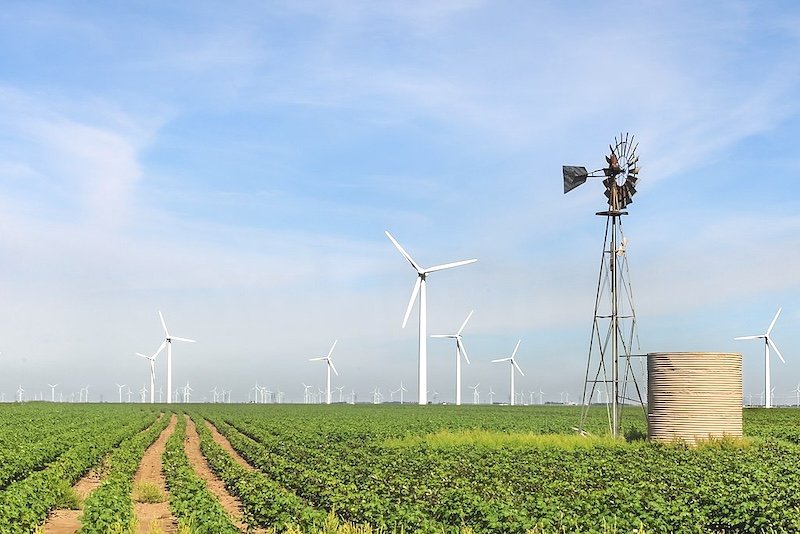Summary
- The energy sector is the largest contributor to Green House Gas (GHG) emissions, but agriculture is the second largest contributor, with beef and dairy cattle being among the largest contributors to GHG emissions.
- The livestock sector is responsible for 9% of CO2 emissions, but when including land use and land use change, it accounts for 30% of CO2 emissions, and is a significant source of nitrous oxide, methane, and ammonia emissions.
- The production of meat and dairy products has a significant impact on the environment, including deforestation, water pollution, and soil degradation, and a plant-based diet can reduce individual GHG emissions by 18-192 times compared to a diet that includes beef.
All indications are that Green House Gas (GHG) emissions are causing higher global temperatures and climate change. Records show that 2024 was the warmest year on record. Climate change is increasing natural hazards, from hurricanes to wildfires. The Arctic permafrost is melting, emitting methane, a Greenhouse Gas (GHG} that is even more effective at trapping heat than CO2.
Globally, the energy sector is the greater contributor to GHG emissions, including heating/cooling buildings, roads, and transportation combined.
However, the second largest contributor to GHG emissions is agriculture.
While solutions such as rapid adoption of renewable energy options like geothermal, solar, wind, and energy conservation (insulation of buildings) or driving an electric vehicle ultimately can shift the trajectory of climate warming, such changes, assuming they are even enacted, require a significant cultural and economic shift in society’s values and policies.
Individually, one can ride a bike, use public transportation, insulate one’s home, and take other measures, but these options are not available to everyone.
However, there is one thing that everyone can do to reduce their GHG contributions. One does this by making careful food choices. What you eat can reduce individual GHG emissions, and also contribute to better water and land use.
Read the full post at CounterPunch.
